21 Fun Facts for Kids That Spark Curiosity

This post may contain affiliate links. As an Amazon Associate, I earn from qualifying purchases.
Curiosity is a wonderful trait in kids, and what better way to fuel their inquisitive minds than with some fascinating, fun facts? From animal behavior quirks to human anatomy oddities, each fact is a chance to learn something new and exciting.
Fun facts are not just entertaining—they’re educational, too. They encourage kids to ask questions, seek answers, and develop a love for knowledge that will benefit them. The more they know about the world, the more they will appreciate its beauty.
Below are some amazing fun facts that will undoubtedly capture the interest of young minds. Let’s explore these together!
1. The Tongue Has Prints Just Like Fingers

Just like our fingerprints, our tongues have unique prints. This means that no two people in the world have the same tongue print. Imagine using your tongue instead of your finger to open your phone or unlock a door! Isn’t that cool?
Only, don’t. Surfaces can be full of germs.
2. The Opposite Sides of the Dice Always Add Up to Seven

Next time you roll a dice, check out the numbers on the opposite sides. You’ll notice that they always add up to seven. This little trick is a fun way to impress your friends during a game night!
This guarantees that the die is unbiased and produces random results, making it a great tool for games and gambling.
3. Flamingos Are Born Grey

We usually see flamingos in their vibrant pink color, but did you know they are born grey? The pink hue comes from the algae and shrimp food they eat, which is rich in beta-carotene. The more they eat, the brighter their feathers become.
Fun fact: Flamingos stand on one leg to save energy and avoid tiring all their muscles. It’s also easier for them to run away if a predator appears.
4. “Arachibutyrophobia” is the Fear of Peanut Butter Sticking to the Roof of Your Mouth

Have you ever had peanut butter stuck to the roof of your mouth? It’s not the best feeling ever, and for some people, it’s their greatest fear [even though it’s not a dangerous occurrence.]
This fear is called ‘arachibutyrophobia,’ a word that’s as tricky to pronounce as it is to experience.
5. A Polar Bear’s Hair is Not White – It’s Colorless
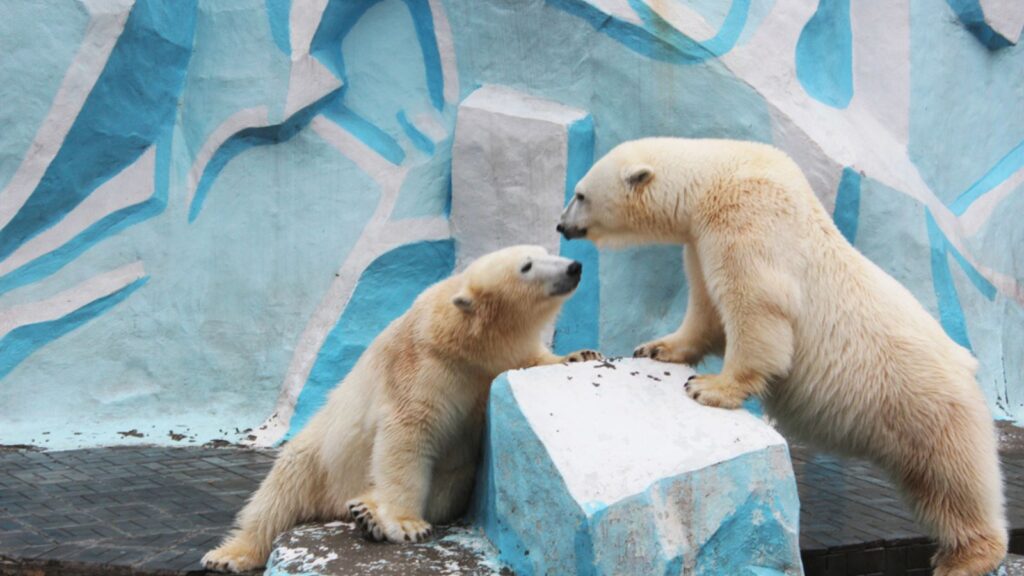
Did you know that polar bears aren’t white? Polar bears look white because their hair is actually made up of hollow, colorless tubes that reflect light. This helps them blend into their snowy surroundings and stay warm in the freezing Arctic temperatures.
Their skin under is black, which helps them absorb heat from the sun.
6. Honey Never Expires

If you find an old jar of honey in your pantry, don’t throw it away just yet! Honey never expires because of its high sugar content, low moisture content, and natural acidity. The oldest honey ever found was about 5,500 years old!
It may crystallize over time. Simply heating it up will return it to its liquid form.
7. A Chameleon’s Tongue is Twice as Long as Its Body

Chameleons have tongues that are at least as long as their bodies, which they use to catch insects in the blink of an eye. Their tongues can shoot out at lightning speed to snatch their prey from a distance.
They also have the ability to change color to blend in with their surroundings.
8. The World’s Smallest Mammal is the Bumblebee Bat
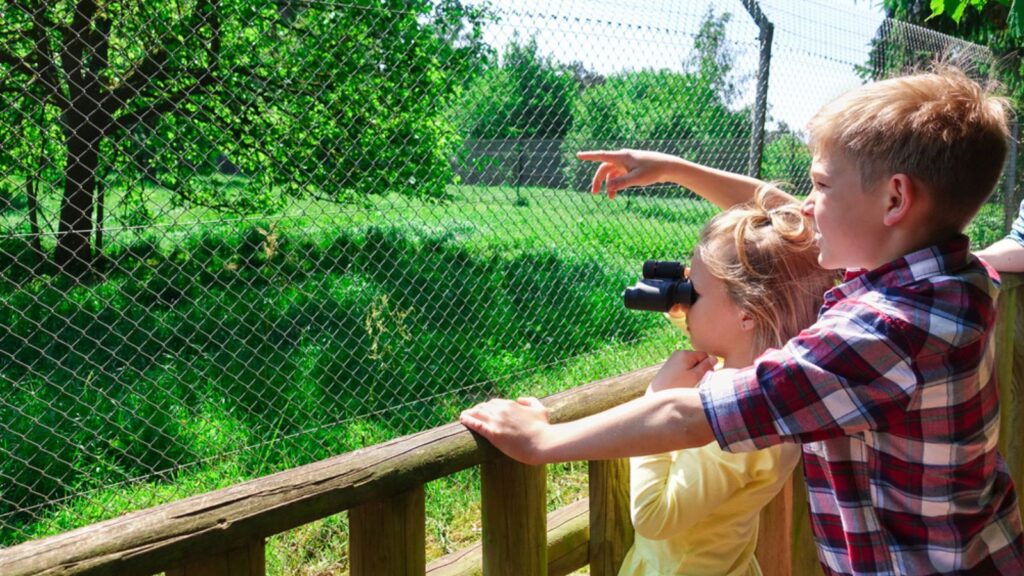
Bumblebee bats, also known as Kitti’s hog-nosed bats, are the smallest mammals in the world, weighing only around two grams and measuring less than an inch. They are so tiny that they can easily fit on your fingertip!
They are found in Thailand and Burma, and they are endangered due to habitat loss.
9. The Blue Whale’s Heart is the Size of a Small Car
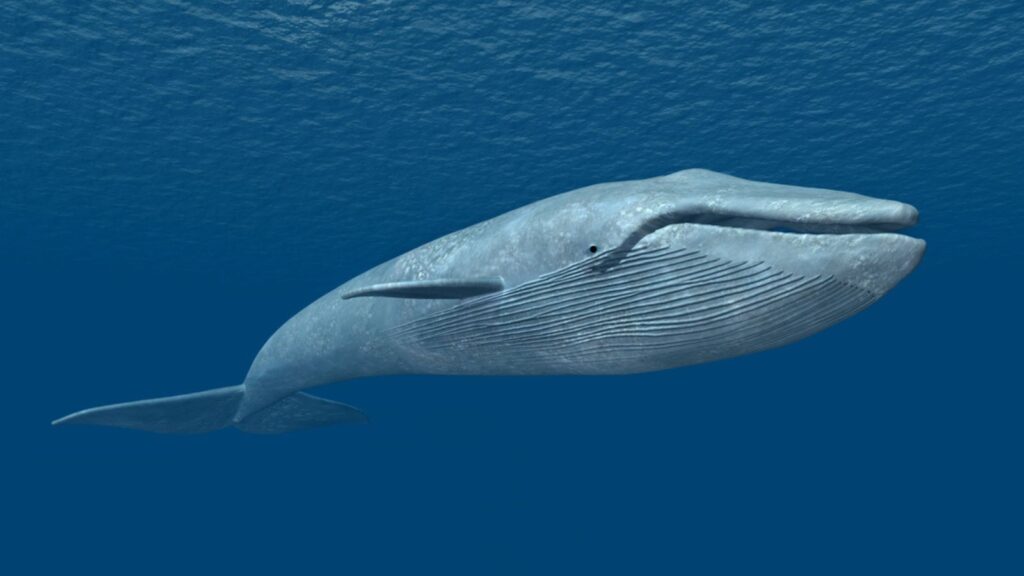
The blue whale is not only the largest animal in the world, but it also has the biggest heart – literally! A blue whale’s heart can weigh up to 1,300 pounds and is about the size of a small car.
Their hearts are so powerful that they can be heard beating from over two miles away.
10. Humans Share 98.8% of their DNA with Chimpanzees
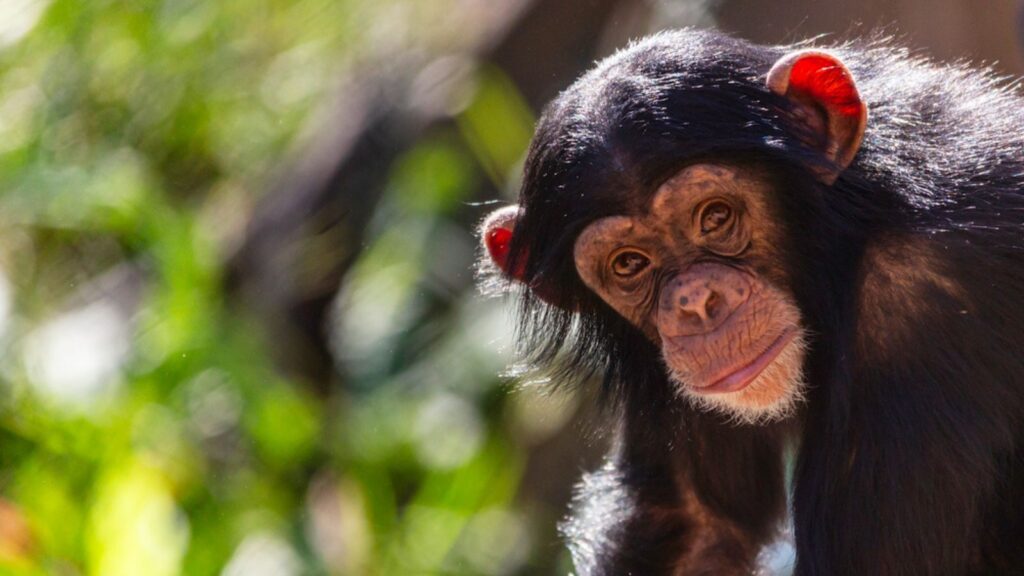
Humans and chimpanzees are incredibly similar when it comes to genetics. We share 98.8% of our DNA with these intelligent primates, which explains why they have such human-like behaviors and emotions.
Regardless of this, we have thousands of differences in behavior and physical form.
11. A Split Starfish Can Still Survive
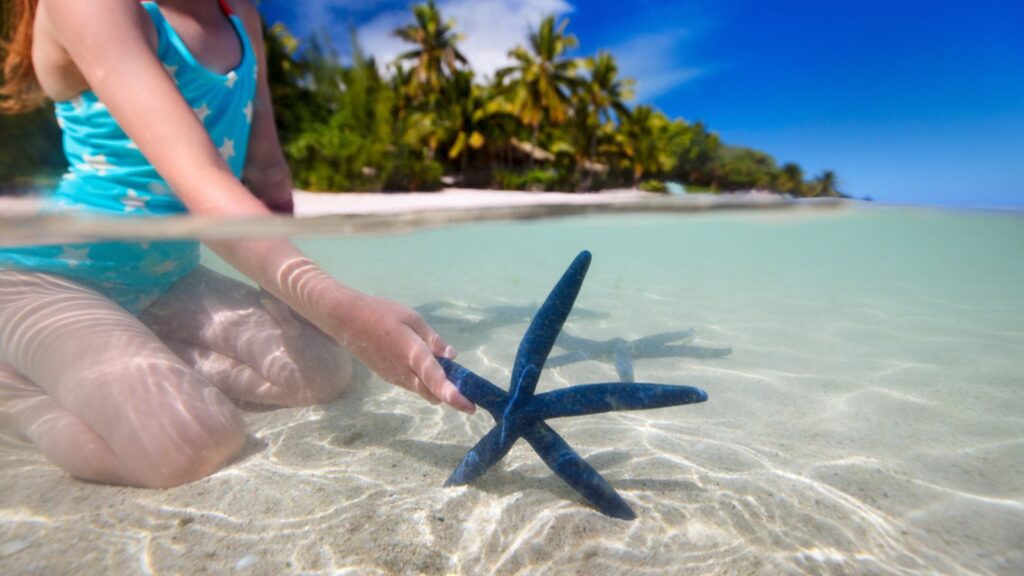
Starfish are remarkable creatures with the ability to regenerate. If a starfish is split in half, each half can grow into a new starfish. This means they can survive even after getting seriously injured.
For each piece to survive, it must have a piece of the central disc. The growing back can take up to a year.
12. A Bolt of Lightning is Five Times Hotter than the Sun

Lightning is incredibly powerful and dangerous. A single bolt of lightning can reach temperatures of up to 30,000 Kelvin, which is about five times hotter than the surface of the sun. No wonder it’s so bright!
Lightning strikes somewhere on the earth around 8.6 million times per day.
13. A Sneeze Can Travel Up to 100 Miles Per Hour

Next time you sneeze, think about this – a sneeze can travel up to 100 miles per hour! That’s faster than most cars on the highway. Sneezing is caused by irritants in our nose and throat, and it is our body’s way of getting rid of them.
So remember to cover your mouth and nose when you sneeze—or it might just travel across the room! Consider wearing a mask to keep others safe if you have a cold or cough.
14. Kangaroos Can’t Walk Backward
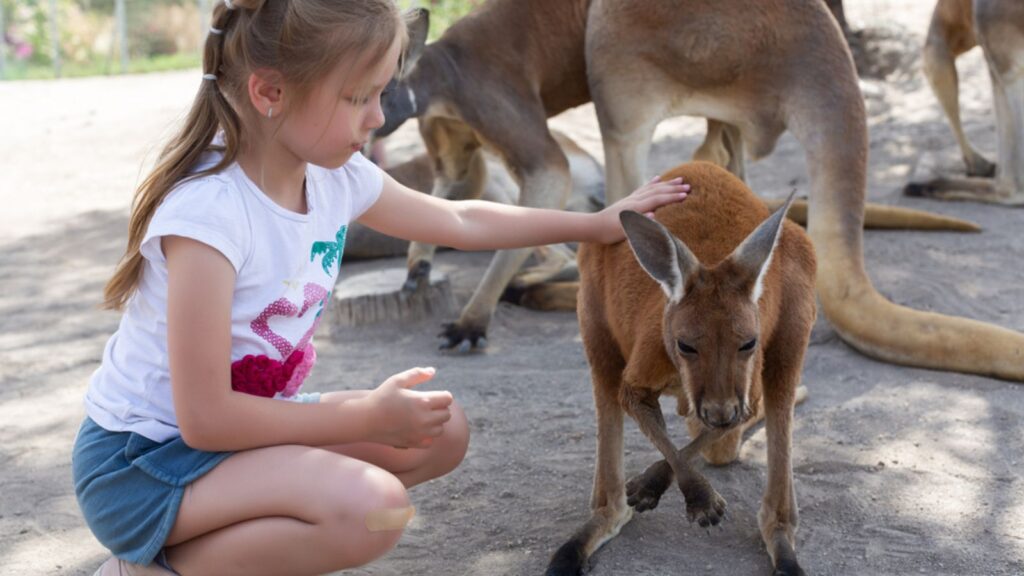
Kangaroos have strong hind legs and a unique hopping motion, but they can’t walk backward. Their muscular tails and large feet make it impossible for them to move in reverse. Their hopping is called saltation, and they use their tails for balance. Walking backward would probably cause them to stumble.
The marsupials are commonly found in Australia and are known for their impressive jumping abilities.
15. Cats Can’t Taste Sweetness

Cats are unique among mammals because they lack taste receptors for sweetness. This means they can’t taste sugary treats like we do. Their taste buds are more tuned to savory flavors, which is why they prefer meat.
Next time your cat frowns at your cookie, you’ll know why! They just don’t enjoy it as much as you do!
16. An Ostrich’s Eye is Bigger Than Its Brain
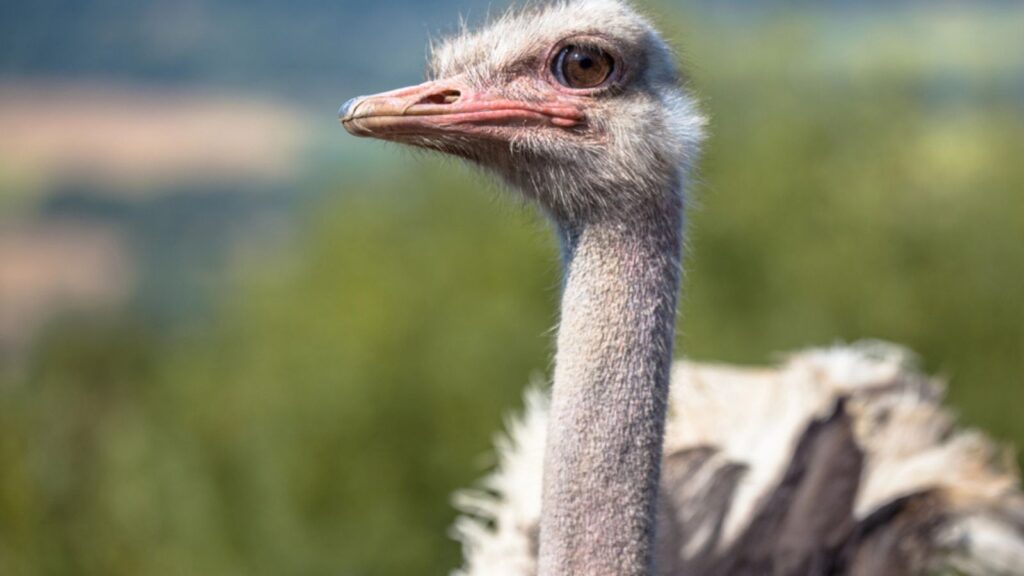
Ostriches are known for their impressive size, but did you know their eyes are bigger than their brains? This helps them spot predators from far away, keeping them safe in the wild. It also means that they have excellent vision, as their eyes can grow to be almost two inches in diameter.
Maybe it doesn’t help with smartness, but it sure does come in handy for survival. They also have the largest eggs of any living bird species! Oh, and they also have three stomachs!
17. It is Impossible to Lick Your Own Elbow

Go ahead, give it a try! Due to the way our arms are structured, it’s practically impossible to lick your own elbow. This fun challenge is always a hit among kids trying to prove it wrong.
Have you tried licking your elbow yet? How did that go?
18. Octopuses Have Blue Blood and Nine Brains
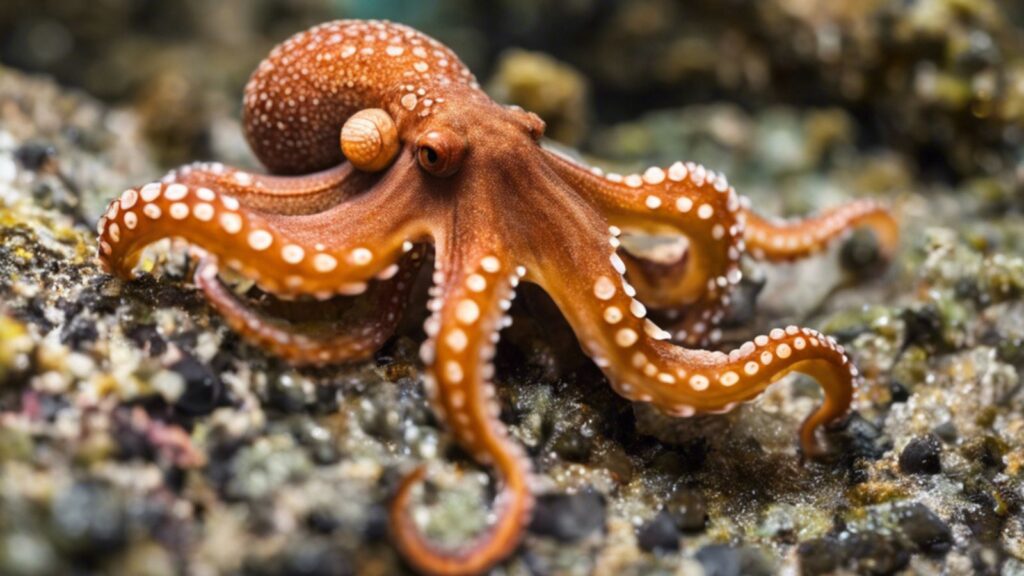
Octopuses are truly extraordinary creatures. They have blue blood due to a copper-based molecule called hemocyanin, and they possess nine brains—one central brain and a mini-brain in each of their eight arms.
They’re also intelligent creatures with the ability to solve problems and use tools.
19. Owls Can’t Move Their Eyeballs

Owls have large, fixed eyes that can’t move in their sockets. To look around, they have to turn their entire head, which they can rotate up to 270 degrees. This unique feature helps them spot prey from all angles.
Despite all the superstitions associated with owls, they are fascinating birds with impressive adaptations.
20. Vatican City is the Smallest Country

Vatican City is the smallest independent state in the world, both by area and population. It’s located entirely within the city of Rome and serves as the spiritual center for millions of Catholics worldwide.
Its size is just 49 hectares or about 121 acres, and the population is around 764 people.
21. Mars Has the Tallest Mountain in the Solar System

Olympus Mons on Mars is the tallest volcano and mountain in our solar system, standing about 16 miles (84, 480 feet) high—nearly three times the height of Mount Everest! While Earth boasts some incredible features, the red planet surpasses us with the tallest volcanic mountain. Olympus Mons is a shield volcano formed by lava flowing down its slopes rather than being ejected upward.
Keep exploring, keep asking questions, and never stop being curious!
20 Strong Words Parents Should Never Say to Their Kids

Countless adults sitting in a therapist’s office today are grappling with the lasting impact of words spoken by their parents during childhood. Regardless of how you perceive yourself, in your child’s eyes, you are nothing short of the most remarkable thing to happen to them since “skip intro.” This underscores the critical importance of being mindful of what you say to your children, as your words become the small but influential voice in their developing minds.
20 Strong Words Parents Should Never Say to Their Kids
16 Common Phrases Grandparents Should Stop Saying to Their Grandkids

Do you still remember something your grandparents said that made you uncomfortable? As much as we adore our grandparents, their words (even with good intentions) can sometimes hurt our feelings or are plain embarrassing.
If you are a grandparent, using your words mindfully around your grandkids is as crucial as any other relationship. Words hold immense power and shape our kids’ behaviors and perceptions.
16 Common Phrases Grandparents Should Stop Saying to Their Grandkids






